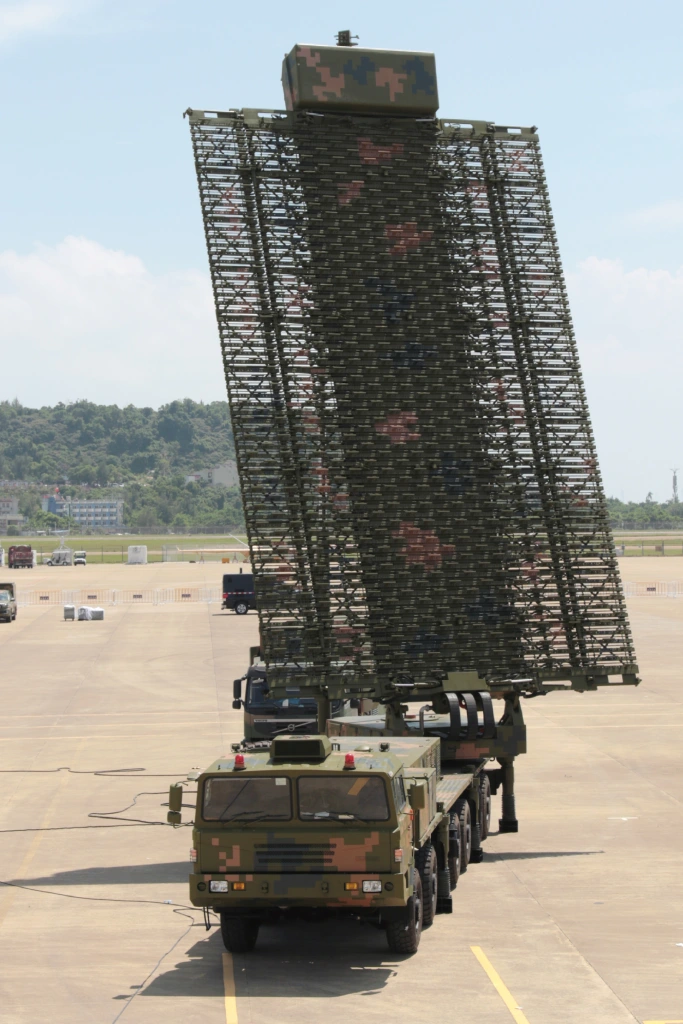
China has anti-stealth radars to track F-35C aircraft deployed on the USS Carl Vinson aircraft carrier currently in the South China Sea.
“China has already developed a number of anti-stealth radar systems, so the F-35C can be detected. China also has countermeasures against the vertical take-off and landing-capable CMV-22Bs, which could land on islands and reefs in the region,” Fu Qianshao, a Chinese military expert, told the Global Times on Wednesday.
First deployment of F-35C stealth jets
It was the sixth time a U.S. aircraft carrier entered the region this year, according to monitoring by the Beijing-controlled South China Sea Strategic Situation Probing Initiative.
Chinese Stealth Radars
China displayed the SLC-7 L-band 3D surveillance radar system and YLC-8E UHF-band 3D surveillance radar system at the 9th World Radar Expo in Nanjing in April this year. These could be the ones deployed to track American stealth aircraft.
According to a statement released by China Electronics Technology Group Co (CETC) during the expo, the SLC-7 L-band 3D surveillance radar system can track stealth aircraft, helicopters, drones, cruise missiles, near-space targets, and artillery shells and rockets.
The SLC-7 can detect and track multiple targets simultaneously, withstand saturation attacks, adapt to jamming, and rapidly identify targets. The statement says the radar has ‘long range,’ without specifying the range.
Freedom of navigation operations
Meanwhile, denying a Chinese Navy’s claim that it ‘expelled’ USS Benfold from near the Spartly Islands, the U.S. Navy said The PRC’s (Chinese government) statement about this mission is false.
“USS Benfold conducted this freedom of navigation operations (FONOP) in accordance with international law and then continued on to conduct normal operations in international waters. The operation reflects our commitment to uphold freedom of navigation and lawful uses of the sea as a principle. The United States will continue to fly, sail, and operate wherever international law allows, as USS Benfold did here. Nothing PRC says otherwise will deter us,” the service said in a statement.
